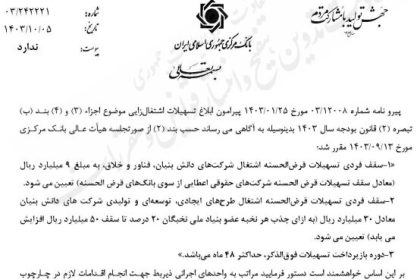A new study conducted by Johns Hopkins University researchers shows that the way the patient’s arm is positioned when measuring blood pressure has a significant effect on the accuracy of the results. This research emphasizes the importance of accurate blood pressure measurement techniques and shows that even small changes in arm position can lead to blood pressure misdiagnosis.
According to Tekna Technology Media Medical and Health News Service, high blood pressure is one of the most important risk factors for cardiovascular diseases. Therefore, accurate and timely diagnosis is very necessary for prevention and treatment. Considering that many people with high blood pressure do not have specific symptoms, regular and accurate blood pressure screening is of particular importance.
In this study, researchers examined three different positions for the arm when measuring blood pressure. Resting the arm on the table: This position is considered as the correct and standard position for blood pressure measurement. resting the arm on the lap; In this case, the blood pressure is measured significantly higher than the standard state. The position of leaving the arm at the side of the body. This position also leads to overestimation of blood pressure and causes the greatest error in the results.
The results of this study show that even slight changes in arm position can lead to significant increases in measured blood pressure. For example, placing your arm on your lap can increase systolic blood pressure by 3.9 mmHg and diastolic blood pressure by 4 mmHg. This error will be even more if the arm is placed next to the body.
Misdiagnosis of high blood pressure can have serious consequences for patients. For example, if a patient’s blood pressure is measured higher than it actually is because of an incorrect arm position, the doctor may prescribe a higher dose of blood pressure medication, which can cause unwanted side effects. On the other hand, if a patient’s blood pressure is measured lower than the actual value due to incorrect arm positioning, underlying hypertension may go undiagnosed, resulting in an increased risk of cardiovascular complications.
The present study emphasizes the importance of accuracy in blood pressure measurement. Adherence to correct blood pressure measurement techniques plays an important role in accurate diagnosis and effective treatment of high blood pressure. Doctors and nurses should teach their patients how to measure their blood pressure correctly, and patients should also be aware of the importance of this issue.
RCO NEWS
















